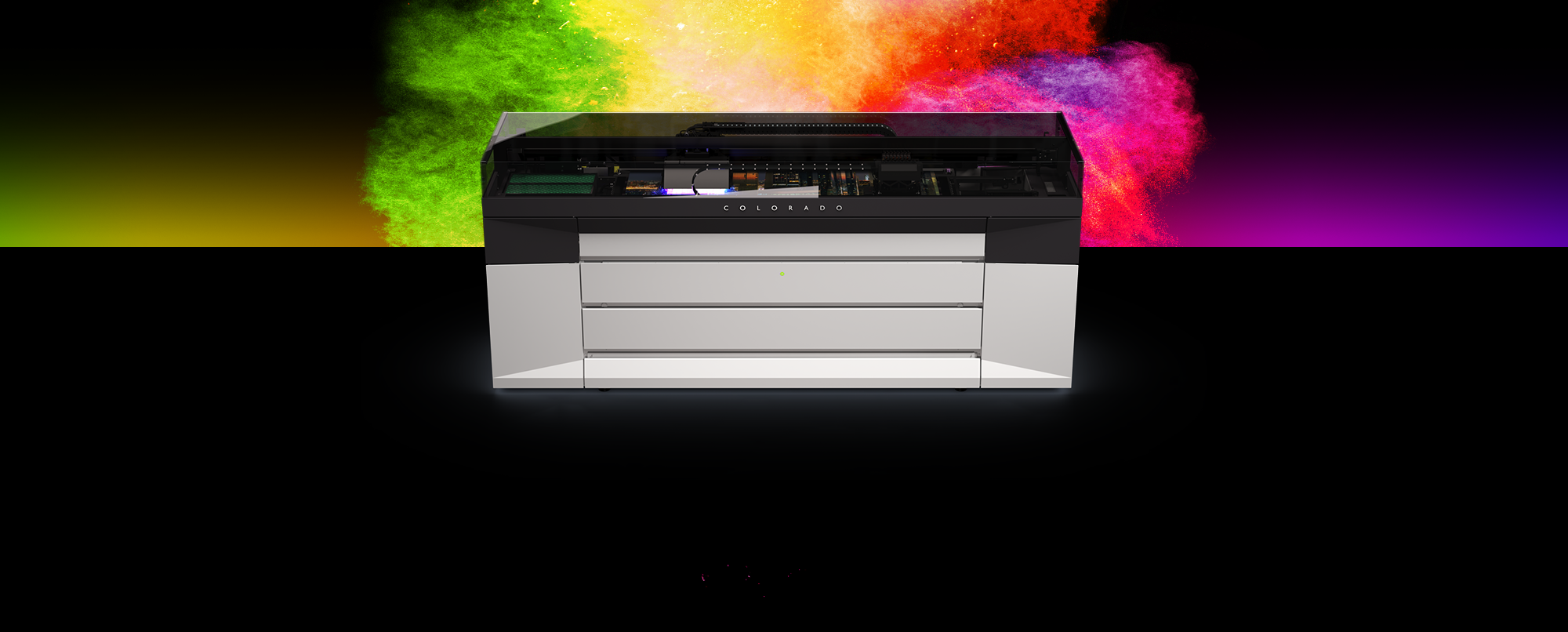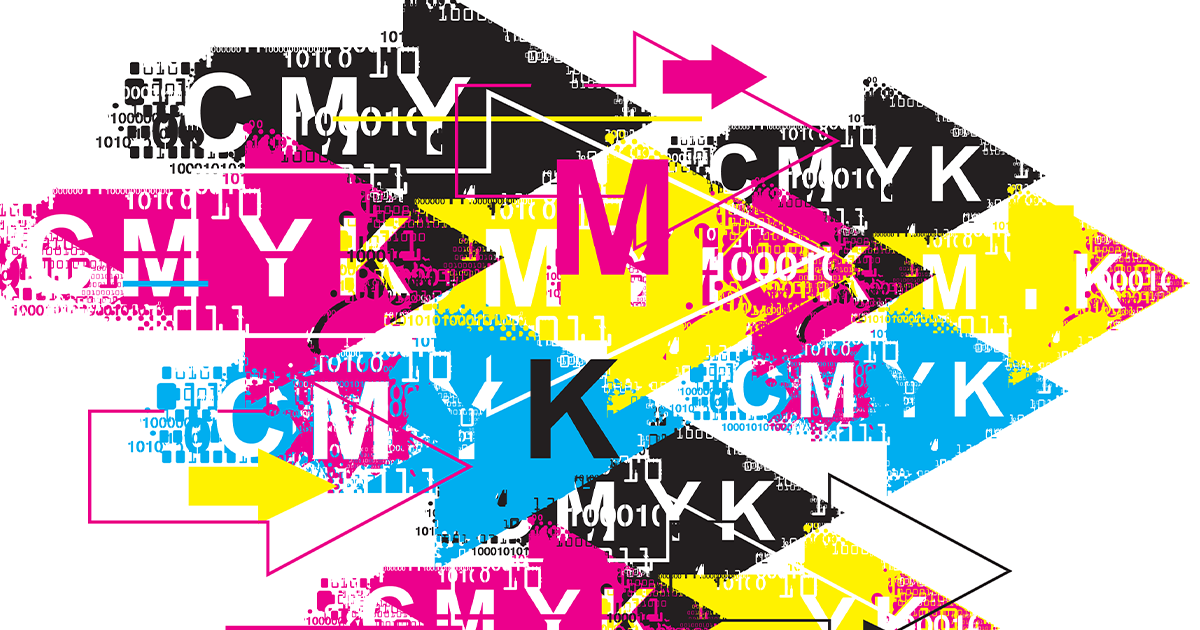It was not too long ago that the name Xerox was synonymous with high-end printing technology. But, according to industry analysts, the company that invented the first copier and the laser printer hasn’t even announced a new production printing device since June of 2019.
When investing in production printing technology, you are not just making a bet on new hardware or software. You are starting a long-term relationship with your vendor, one that demands immediate delivery of media, supplies and support, as well as continual upgrades and innovations to ensure your commercial printing operations continue to grow.
Unfortunately, when it comes to major print manufacturers, not all makers are equal. Canon, Ricoh, Konica Minolta and Xerox are among the oldest and most venerable printer vendors, but these companies all have very different reputations and capabilities.
Here’s what you need to know when choosing a production printing partner and investing your time, money and resources in any one print technology provider.
PICKING A PRODUCTION PRINTER PARTNER
The price range for most production printers is between $25,000 and $250,000. But keep in mind that this price range is for the purchase cost of the device itself. Given the cost and complexity of these machines, and the fact that most of these printers will be deployed into environments where there are tight deadlines and stringent quality requirements, it makes sense to carry a maintenance and service contract.
You want to know that there is a team or someone who is well-trained and ready to handle any malfunctions your machine may encounter. It is also worth investigating whether your partner offers technical support or any kind of formal training. And while many office printers or multi-function devices last five to seven years, commercial printing operations often need technology upgrades much faster. An offset press might be productive after a decade of service or more, but many digital presses have had an average life span of about 3-1/2 years.
SERVICE + TECHNOLOGY
Xerox produced the first modern, commercial printer in 1973 and its name was once synonymous with copying. But according to recent reports, “their reseller community is beyond frustrated for reasons ranging from support issues to lack of product.”
In fact, since 2019, Xerox’ total revenue was down over $2 billion, and sales of commercial grade equipment fell 27.8%. When it comes to Xerox machines, parts are often hard to come by, are more expensive and the number of technicians available to service them is shrinking. Xerox has laid off almost 25% of its workforce since 2018, and many of their experienced technicians have been hired by other manufacturers and service providers.
Much like Xerox, Konica Minolta has had its own challenges, and its supply chain has been unable to meet customer demand after a catastrophic fire in its toner plant in 2021.
THE PROOF IS IN THE PRINTER
While Xerox and Konica Minolta have struggled, Ricoh and Canon have been pushing ahead. Canon’s R&D budget last year was $2.6 billion in 2021 and the company has more production units in service than any other manufacturer in the world. The results speak for themselves- the Canon imagePRESS C165 won the Outstanding CRD/Professional Office Device while the Canon imagePRESS C10010VP cut sheet color printers with enhanced speed, color quality and registration control has been winning awards for high-end digital printing technology.
Similarly, Ricoh has continually invested in its technology. The company has upgraded and enhanced its print engine, which makes it possible for machines like the company’s C9200 Series to deliver extended duty cycles and paper paths that can print on a variety of media. The company strives to offer advanced technology at a reasonable price point, like the C5300 Series with vacuum feeding for robust finishing available on entry-level devices. Ricoh’s competitive offerings include fifth color capabilities and workflow software to simplify commercial print management.
As you can see, companies like Ricoh, Konica Minolta, Xerox and Canon all have very different product offerings, service capabilities and technology. To ensure you are getting an apples-to-apples comparison You can also research and compare the different copier models you are receiving quotes for by using a service like Buyer’s Lab Inc. BLI is a third-party research company that tests and compiles results for the various printer models and brands. They even offer a unique comparison tool that allows you to see specifications of different models side-by-side.
If you are currently researching copiers but don’t have access to Buyer’s Lab, contact the Gordon Flesch Company. Rather than rely on any one manufacturer, talk to the experts at GFC, as we represent Canon, Ricoh and Lexmark so we can provide the optimal mix of hardware and workflow solutions no matter what your business requirements may be. Contact us today.










